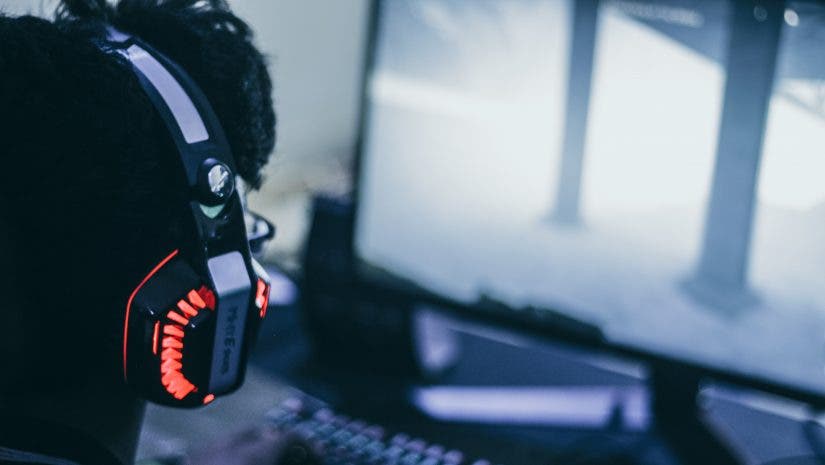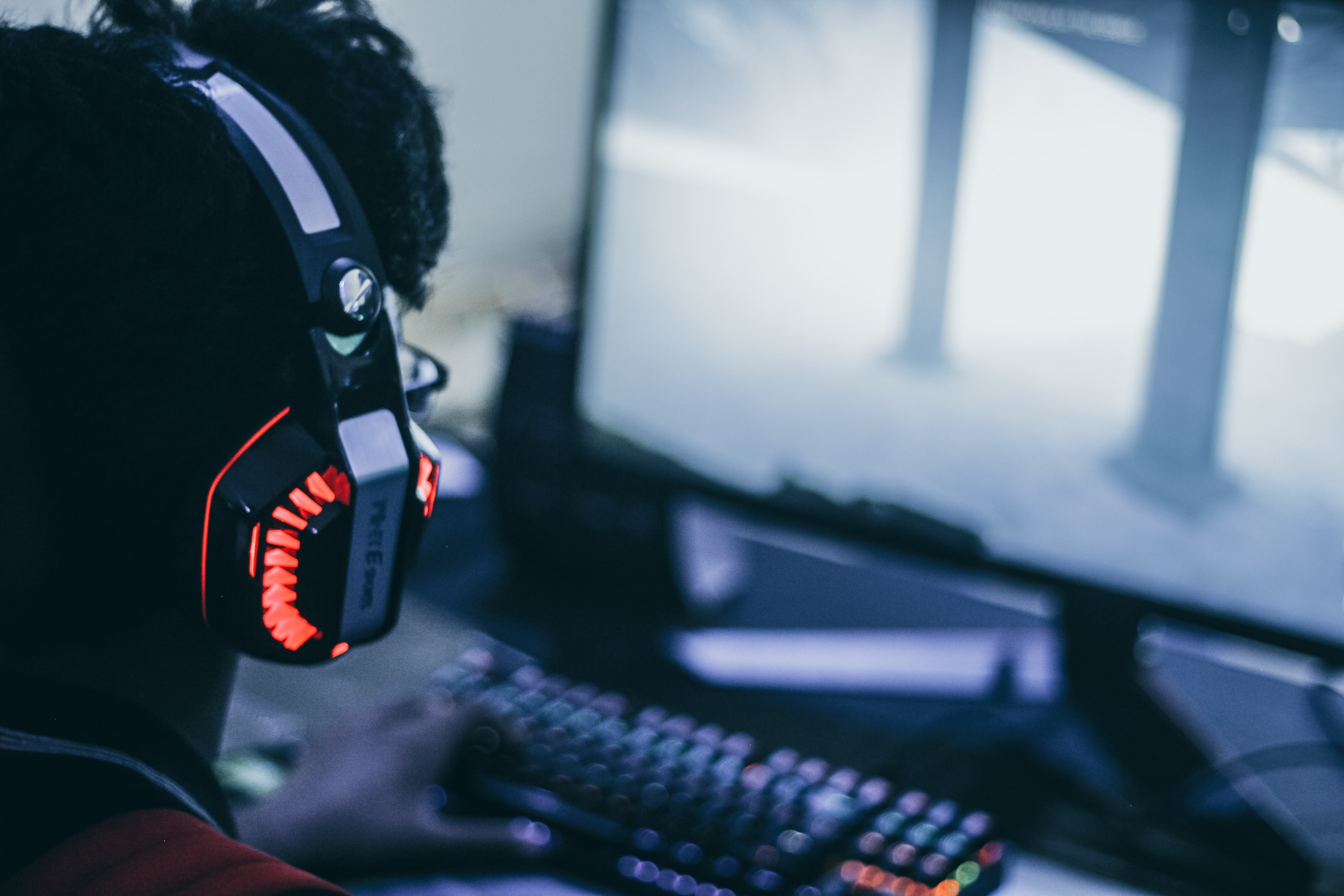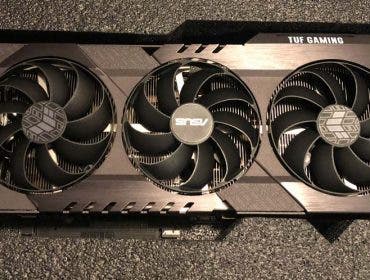Video game designers constantly push the boundaries of what’s possible with the latest video cards and gaming consoles. In the early days, 3D was the killer app, then higher resolutions and better textures were created to cover more and more elaborate shapes. More realistic lighting has always been the holy grail of gameplay visuals. Recently, that specific quest got a big push toward better realism with ray tracing. But what is ray tracing exactly? Here’s everything you need to know.
What does ray tracing do?
When you’re playing Fortnite or Cyberpunk 2077, the last thing on your mind is “how is the light created in this game?” But light is one of the most important complexities in producing pixel-perfect computer graphics. Get it wrong and it won’t matter how realistic your characters look or how cool the visual effects are. It just won’t look right.
To oversimplify, imagine a big outdoor arena like in Battlefield V. The main light source in that game world is the sun. In its fixed position, all the light it “creates” shines in the same direction. Part of the coding process involves telling the game engine to cast a shadow on the side of a building (or car, boulder, etc) facing away from the sun.
That’s difficult enough, but what about objects that reflect like water, chrome, and glass? Up until now, game designers would come up with workarounds to make these objects seem like they accurately reflected the light from a source. Ray tracing — however — lets them do it for real.
What is ray tracing?
Ray tracing is a special rendering technique for video game lighting effects. Game developers use it to compute how beams of light would actually bounce around virtual objects. This helps them to generate the realistic paths of light through the game world.
Even the fastest GPU couldn’t render the billions of photons necessary for real-world lighting. Instead, a GPU will calculate a few dozen paths of light and then simulate even more based on those.
Realism to the max
The result of a ray-traced world is more realistic reflections. Surfaces like chrome, pools of water, and mirrors look more real with ray tracing. But you’d be surprised how many objects are quite reflective in the real world.
Even just the shiny surface of a table or the paint on a car throws off a significant amount of light. All of these objects will disperse reflected light around them in a complex way not seen before in real-time rendered video game graphics.
Ray tracing technology is very GPU intensive. Even if your video card can crunch the numbers (only those from the last few years can do it at all), expect to take a frame rate hit if you enable ray tracing. You may need a newer graphics card to process these exciting visuals. Alternatively, you can invest in a next-generation console like Microsoft’s Xbox Series X or the Sony PlayStation 5.
What video cards can handle ray tracing?
Most mid to high-end video cards from NVIDIA and AMD can support ray tracing, at least at 1080p. But it takes some serious hardware to run a game at 4K with ray tracing plus other features like anti-aliasing.
The two video cards below can attain high frames per second (fps) with max video quality settings like ray tracing. Ideally, you’ll put them in an otherwise powerful gaming PC with plenty of RAM and a solid CPU.
For more options, check out Adorama’s wide selection of video cards, from companies like ASUS, EVGA, MSI, and PNY Technologies.
Asus ROG Strix NVIDIA GeForce RTX 3090 OC Edition 24GB
For gamers who want the ultimate in performance, the Asus ROG Strix NVIDIA GeForce RTX 3090 OC Edition 24GB is a solid piece of gear. It features NVIDIA’s RTX 3090 GPU, paired with a whopping 24 GB of video RAM.
You should be able to play any game at any resolution with this showstopping video card. It’ll deliver both high framerates and real-time ray tracing. It will also mine mountains of bitcoin, if that’s your thing.
MSI GeForce RTX 3070 Gaming X Trio 8GB
The MSI GeForce RTX 3070 Gaming X Trio 8GB GDDR6 may not have all the horsepower of a card based on NVIDIA’s RTX 3090 GPU. But this powerful card is significantly more affordable. Plus, it should still be able to play any current game at any resolution you like, with ray tracing enabled, such as Metro Exodus and Shadow of the Tomb Raider.






